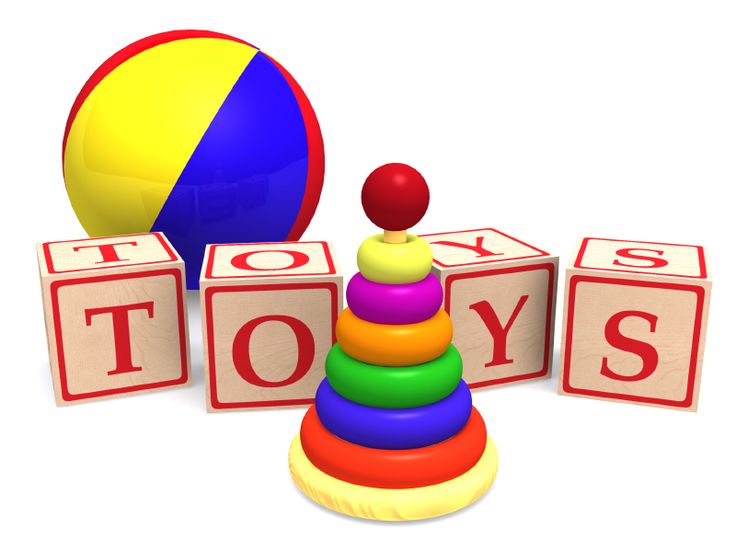December Awareness: National Safe Toys and Gifts Month
December is a month centered around the joy of receiving and giving of toys. It is well known that children are put at risk when they play with poorly made and hazardous toys. However, not many people are aware that an estimated 251,700 toy-related injuries still occur during the holiday season, according to the Mayo Clinic. Even if you are particular about the products you buy, “toymakers recalled over 19 million toys worldwide because of safety concerns such as lead paint and small magnets”. This is why December is deemed National Safe Toys and Gifts month.
So how do you know which toys to buy and which to avoid? With a few guidelines to buying toys, you can be assured that the gifts you are purchasing are safe to use. By incorporating the parent-run organization, HealthyChildren.org in our research, we have come up with a few helpful tips:
- Check Labels: All toys should have a label explaining important information about how to use the toy and the age groups it’s meant for. Electronic toys should boast a “UL” approved label.
- Choose Large: Toys with small parts are a choking hazard and not appropriate for children under the age of three. Instead, buy a toy with parts that are larger than your toddler’s mouth.
- Be Aware of Material: Toys made from flimsy plastic can break and expose sharp edges to children. Sturdier toys made of thick plastic will be more likely to withhold rough use. Toxic materials will also pose a health risk, especially if the toy enters a child’s mouth. Make sure the label says “nontoxic”, or else your children could be playing around lead paint and hazardous chemicals.
- Only Quality Stuffed Animals: Stuffed animals that are loose at seams or contain small bean-like pellets are a choking hazard. When you buy a stuffed animal, it should be machine washable, have tight seams, and all ribbons and eyes should be securely sewed on.
With this information in mind, better toy choices can be made. Keeping children safe is the utmost responsibility of parents and relatives, and is not to be overshadowed by temporary fun. Many donation organizations, such as Toys for Tots, are particular in the toys they accept in order to protect its recipients as well. Along with giving gifts to your children and peers, consider donating a gift too. The holidays are about joy and a sense of safety among our children, an ideology that can be upheld by participating in National Safe Toys and Gifts month.










